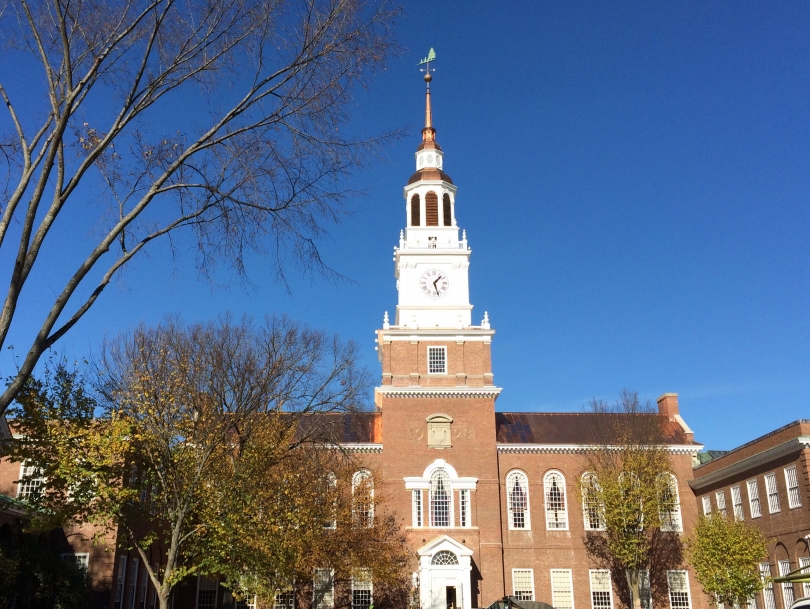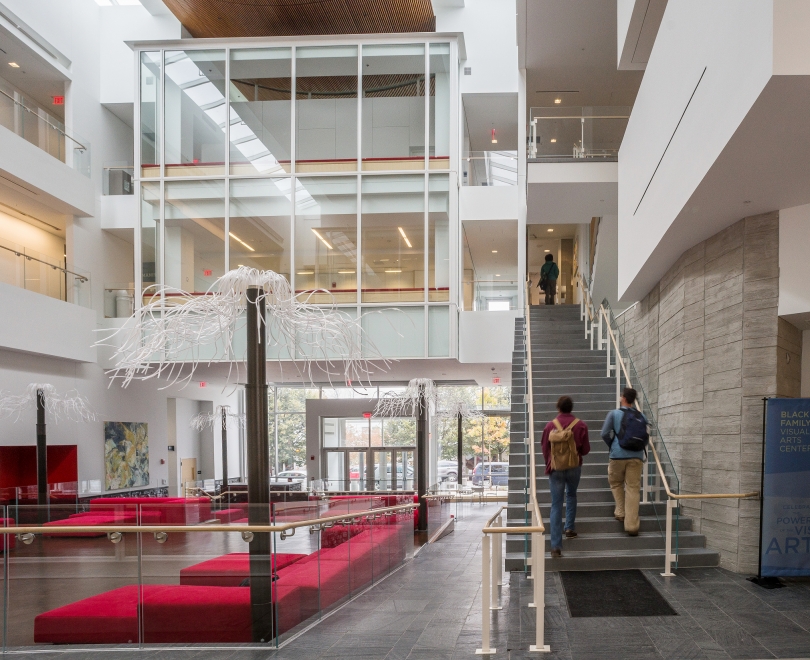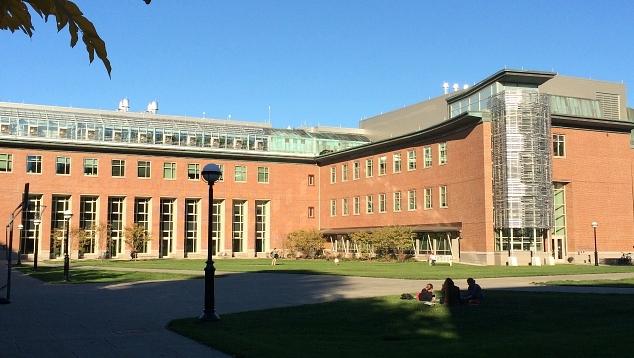Hood Museum of Art (2019)
20190126_hood_opening_eb_229v2.jpg

The Hood Museum of Art reopened in January 2019 after a multi-year renovation and expansion project that increased the museum's capacity to study, teach from, and view its collections. The $50 million redesign by Tod Williams and Billie Tsien increased the Hood's floor size by 50 percent to 62,400 square feet, and included construction of three smart object-study classrooms, each designed to accommodate a particular type of experiential engagement with objects of aesthetic and cultural significance. The museum's galleries were also expanded by a third, and a new public lobby serves as a forum for the college's arts and innovation initiatives, as well as a welcoming entry into the new museum and object-study center. The project was managed by Nick Holt and Aparna Bapu. The construction manager was Daniel O'Connell's Sons.
Related Links:
- Todd Williams and Billie Tsien Talk About the New Hood Museum of Art, Dartmouth News, Feb. 2019
- At the Hood's Reopening, See a Brand-New Museum, Dartmouth News, Jan. 2019
- A renovated and Expanded Hood Museum Opens its Doors, Dartmouth News, Jan. 2019
- Hood Museum of Art Prepares to Expand, Dartmouth News, Dec. 2015




